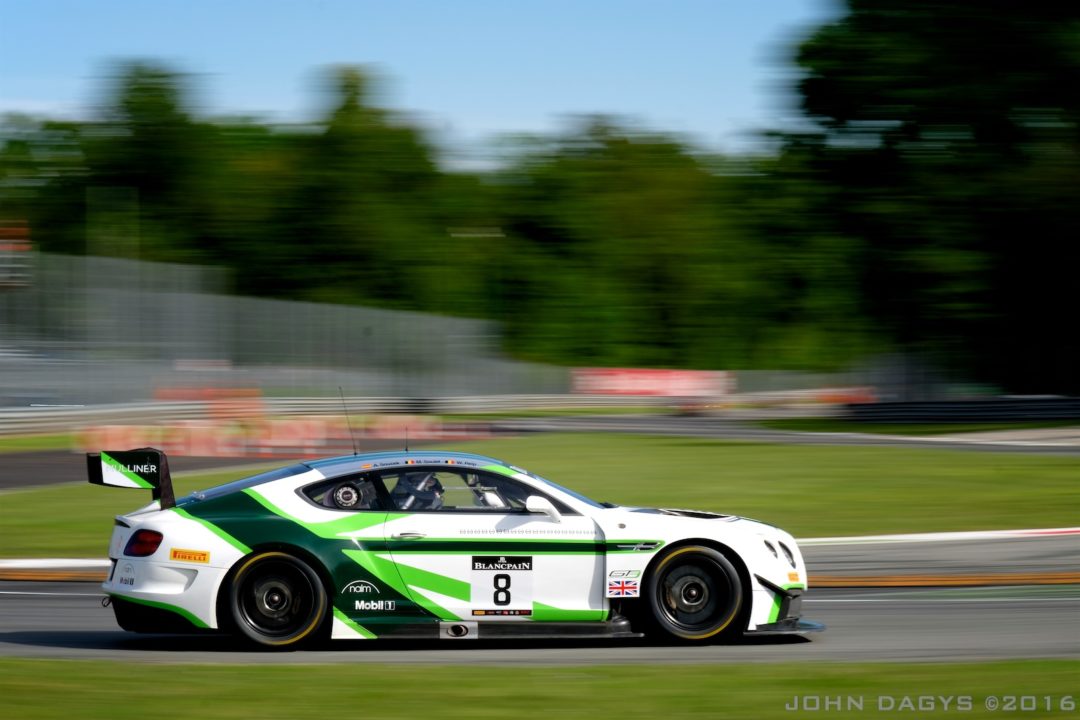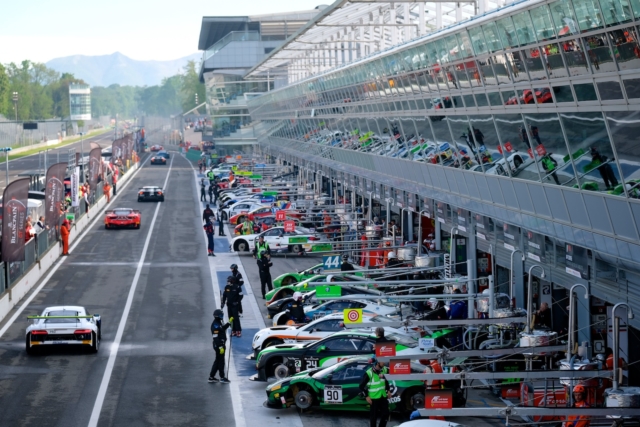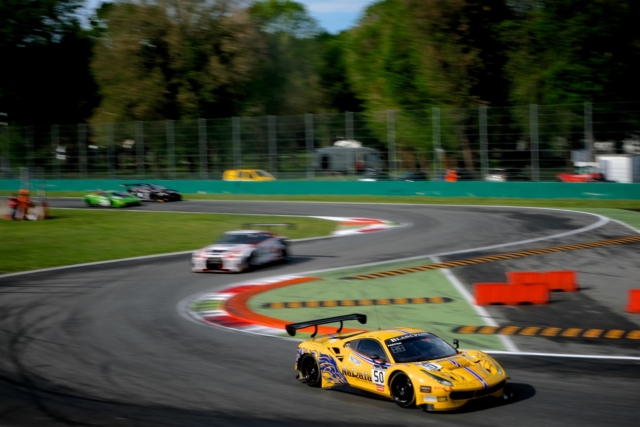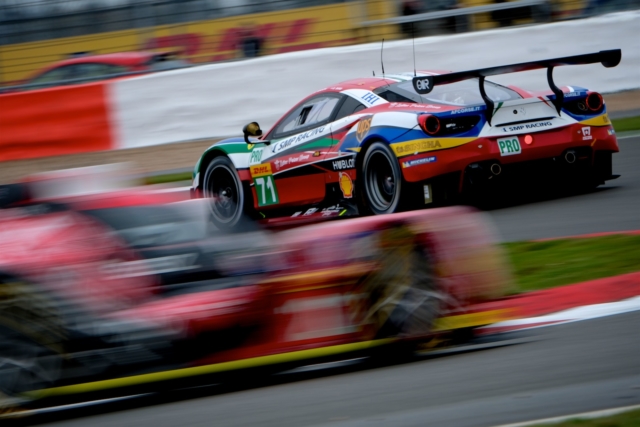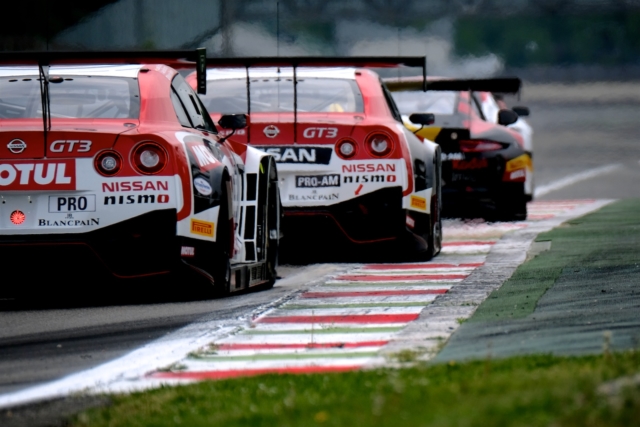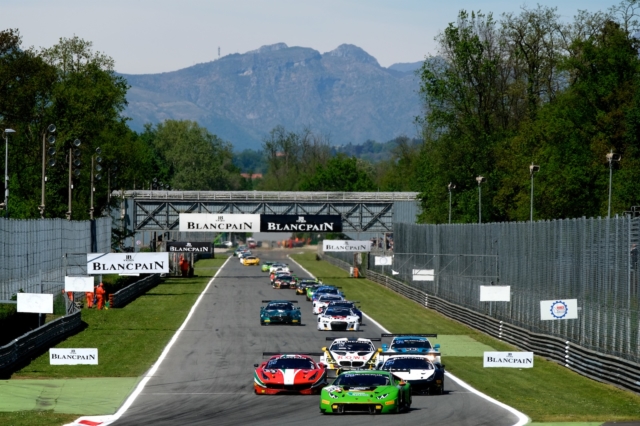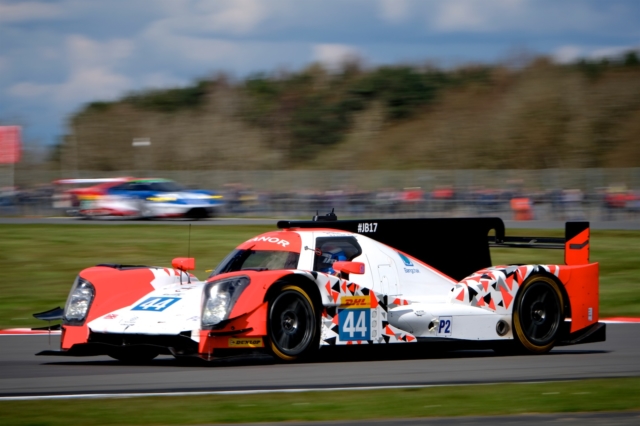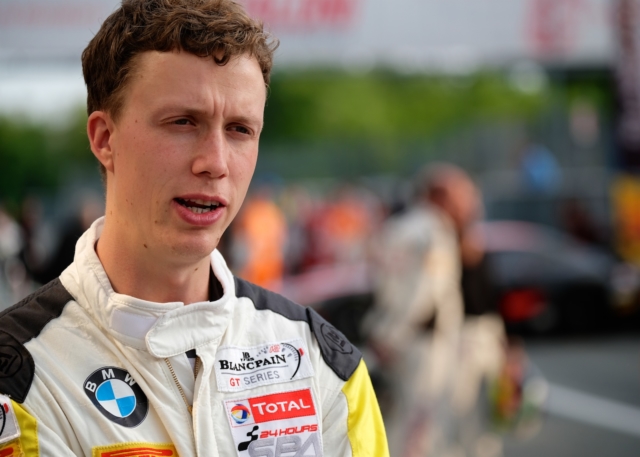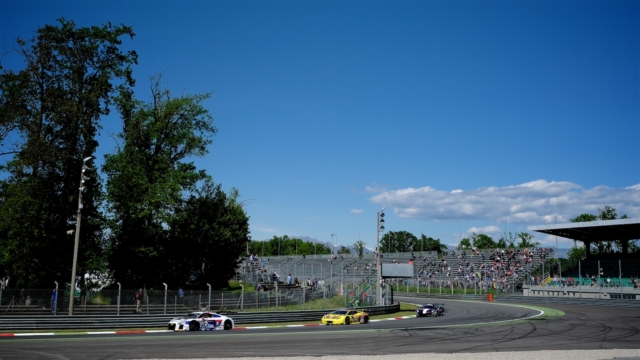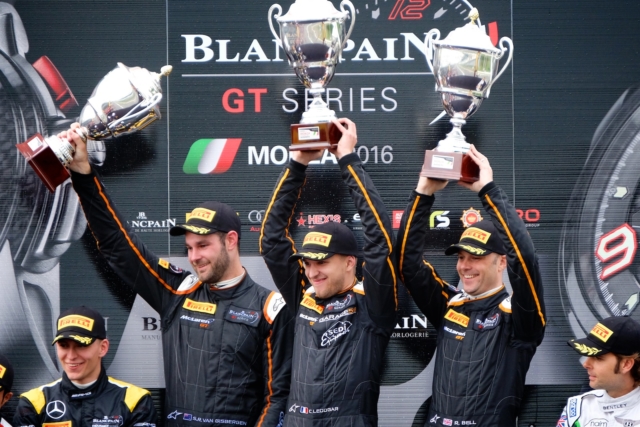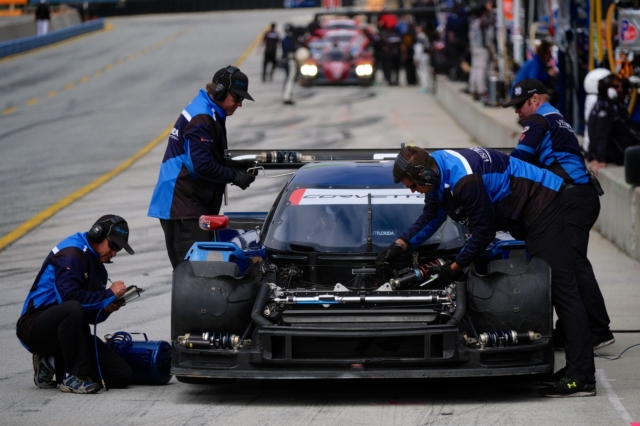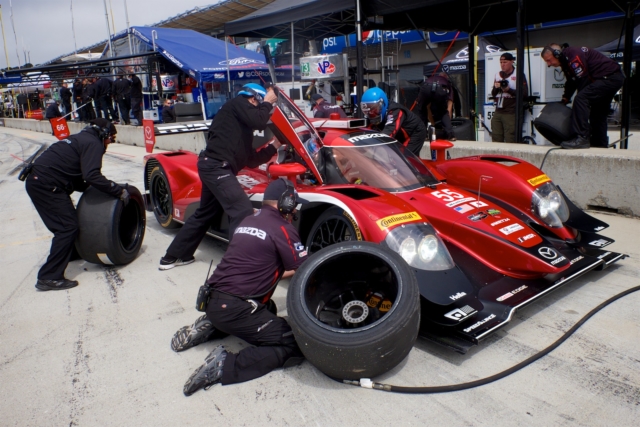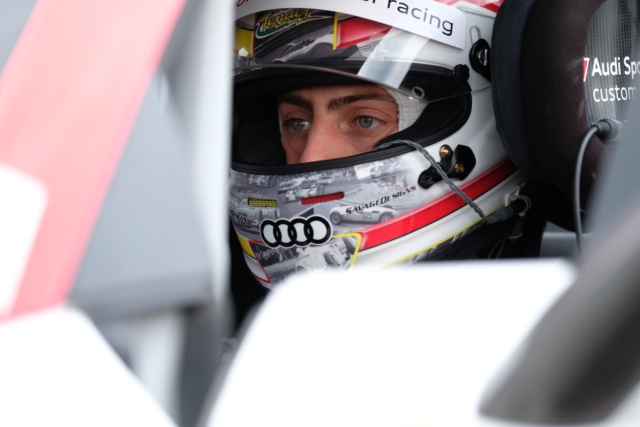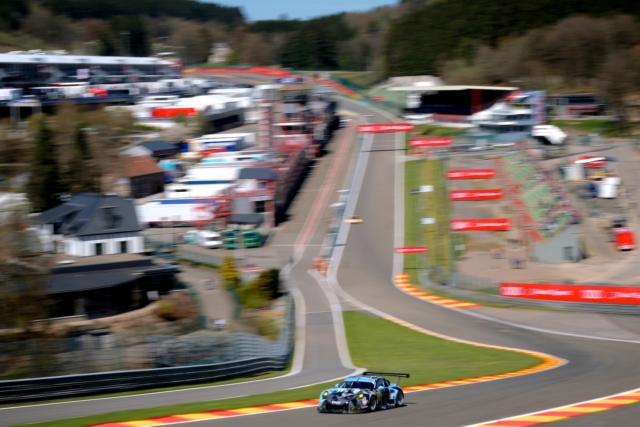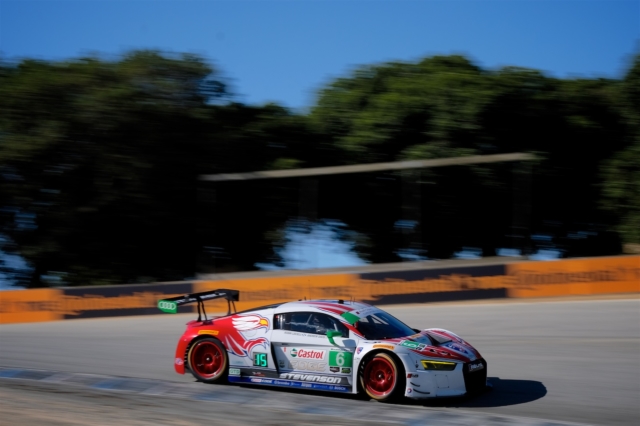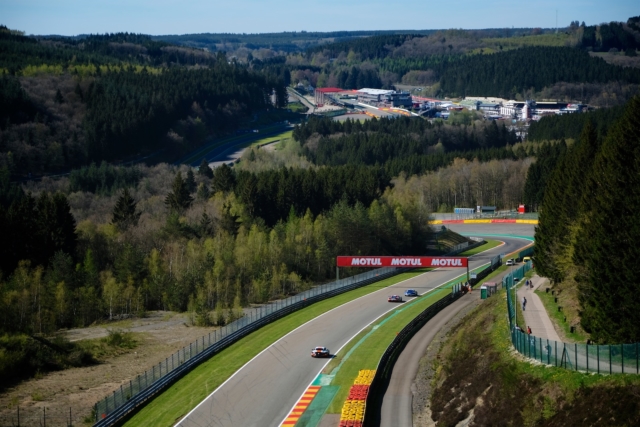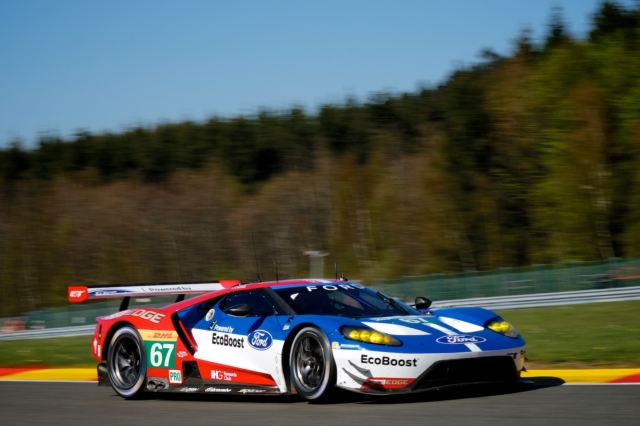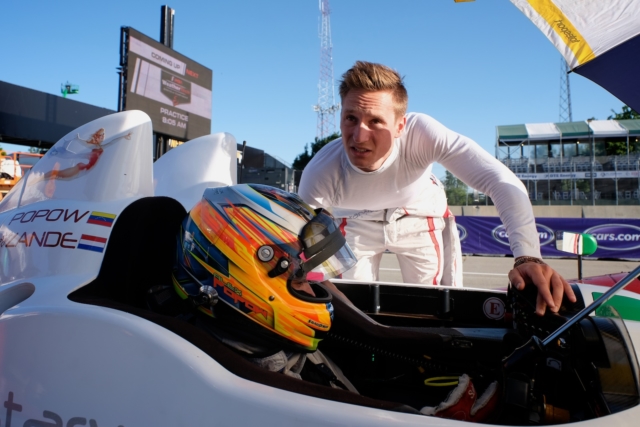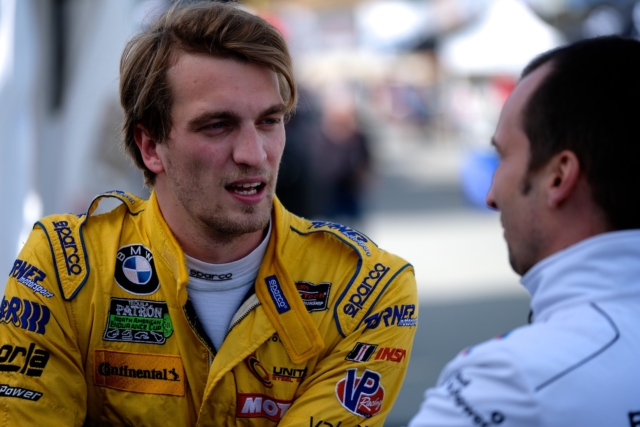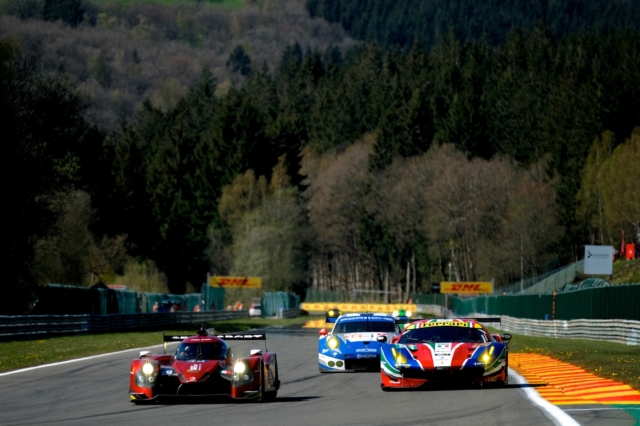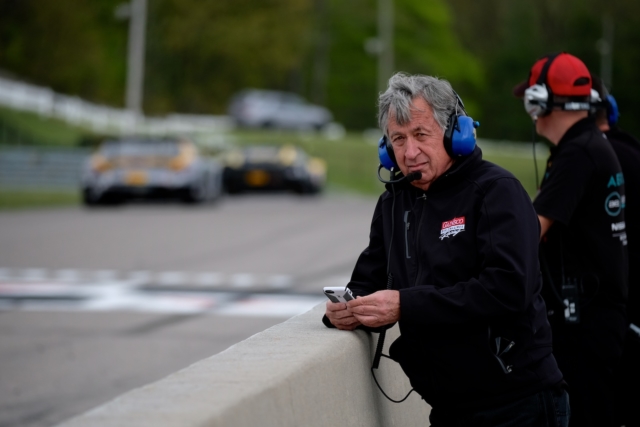While I’ve long been a DSLR shooter, having invested tens of thousands of dollars into Canon gear, recent advancements in the mirrorless camera industry has made me take a closer look at some alternatives to help fulfill my day-to-day work requirements as a photographer.
I first purchased a Fujifilm X-T1, along with a small assortment of wide to medium-range lenses in January 2015, after recommendations from fellow motorsports snappers, and X-Photographers, Jeff Carter and Andrew Hall.
Having used the camera for general travel photography purposes for the better part of a year, I was intrigued at its potential in the high-speed motorsports environment, particularly if it’s able to keep up with the established gear that’s currently on the market.
With some help from Fujifilm, I put it to the test, having borrowed a new X-Pro2, a XF 50-140mm F2.8R LM OIS WR lens, as well as the new XF 100-400mm F.4.5-5.6 R LM OIS WR lens from the manufacturer for a series of trackside sessions at races in April and May.

X-Pro2 with XF 50-140
As I quickly found out, size doesn’t matter in the photography industry.
After having lugged my enormous Canon DSLR equipment around the world for the past seven-plus years, it was a pleasant change to load the same number of camera bodies and comparable lenses into my backpack for my first outing with the gear at the FIA World Endurance Championship season-opener at Silverstone in England.
Given that I was able to bring my main suitcase on the plane as a carry-on, which I normally would have to check because of opting for my Airport International roller packed with DSLR gear, was an enormous benefit and something that was already a game-changer for me.
For those that don’t know, I’m on the road for more than 200 days each year, and 90 percent of the time flying, so any extra weight or space savings is crucial.
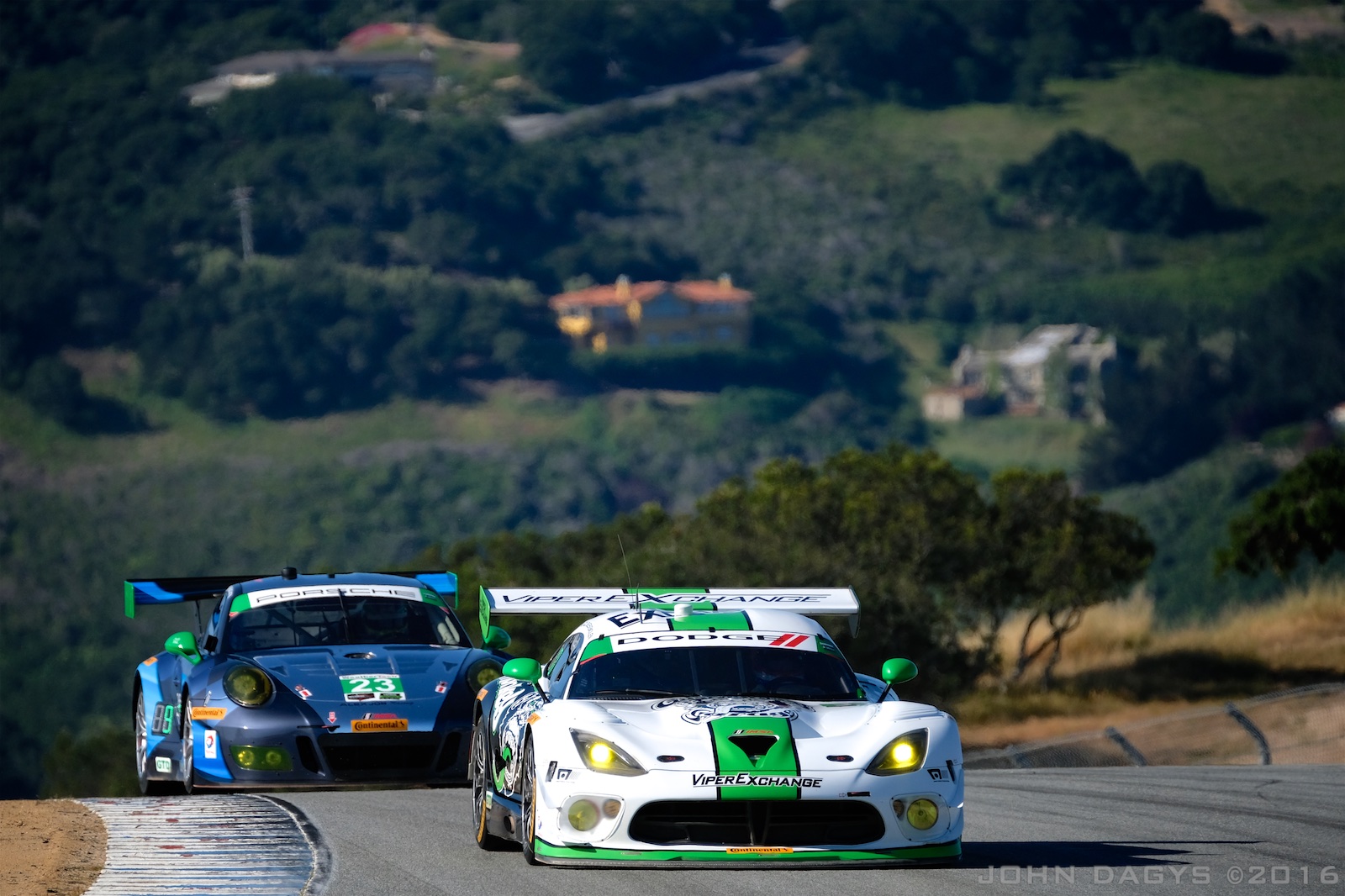
X-Pro2 with XF 100-400
That’s one of the biggest thing I’ve come to love with the Fujifilm gear. The mirrorless setup allows for significantly smaller and lighter camera bodies and smaller lenses, so it’s not only easier to bring them along, but also a huge weight off my shoulders when out shooting.
Most importantly, the weight savings has not resulted in a noticeable loss in quality, which I quickly found out on only my first weekend shooting with the X-Pro2 trackside at Silverstone.
I’ll be honest… the mirrorless setup, particularly with the electronic viewfinder, took some getting used to. But once you’re able to optimize the full potential of the camera, it performs nearly in the same way as any DSLR would.
In the three months of using Fujifilm gear trackside, I’ve produced some incredible images, and some that I’d even question whether my Canon 1DX with its trusty 70-200 would be able to replicate.
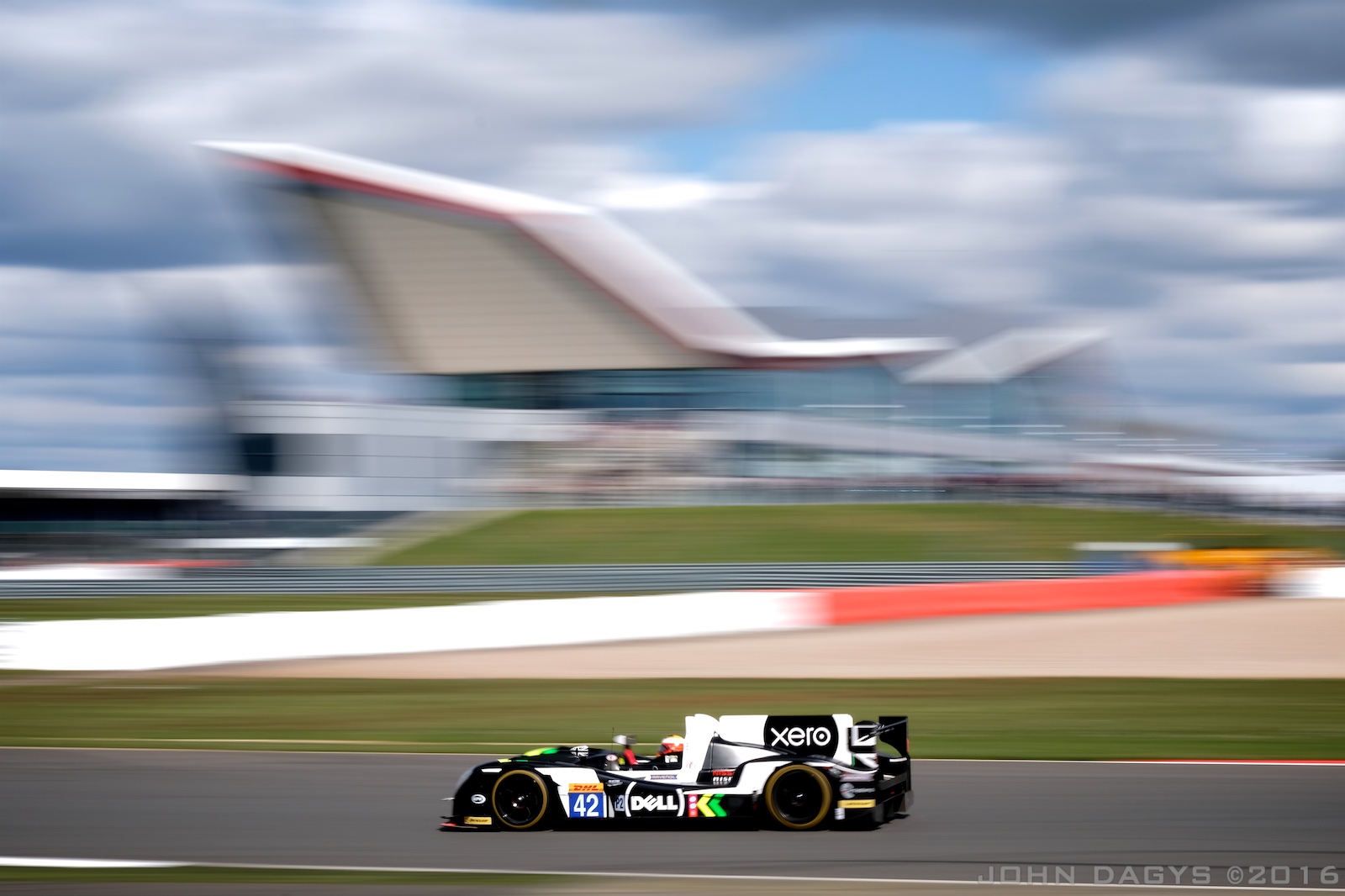
X-Pro2 with XF 50-140
The image stabilization, particularly on the XF50-140 (which is a 76-213mm equivalent in 35mm) is amazing, and when paired with the 1.4x teleconverter, it effectively acts as a 300 F4, which is suitable for most motorsports situations.
While the XF100-400 (152-609mm) does have the reach, it doesn’t match the image quality produced by the XF50-140, even with the teleconverter. Fujifilm recently released the XF 2X TC WR, which I look forward to trying in the near future as well.
Motorsports photographers always talk about the awesome shots they get on the track, but for me, pit lane often provides an opportunity to be even more creative.
The X-Pro2 paired with the XF50-140 has become my go-to setup for driver portraits and artistic shots. The X-T1 and XF10-24mm F4 R OIS, or the XF16-55mm F2.8 R LM WR are also must-haves when you want to get close up into the action, whether it be inside the cockpit of a race car or in a pit box or garage.
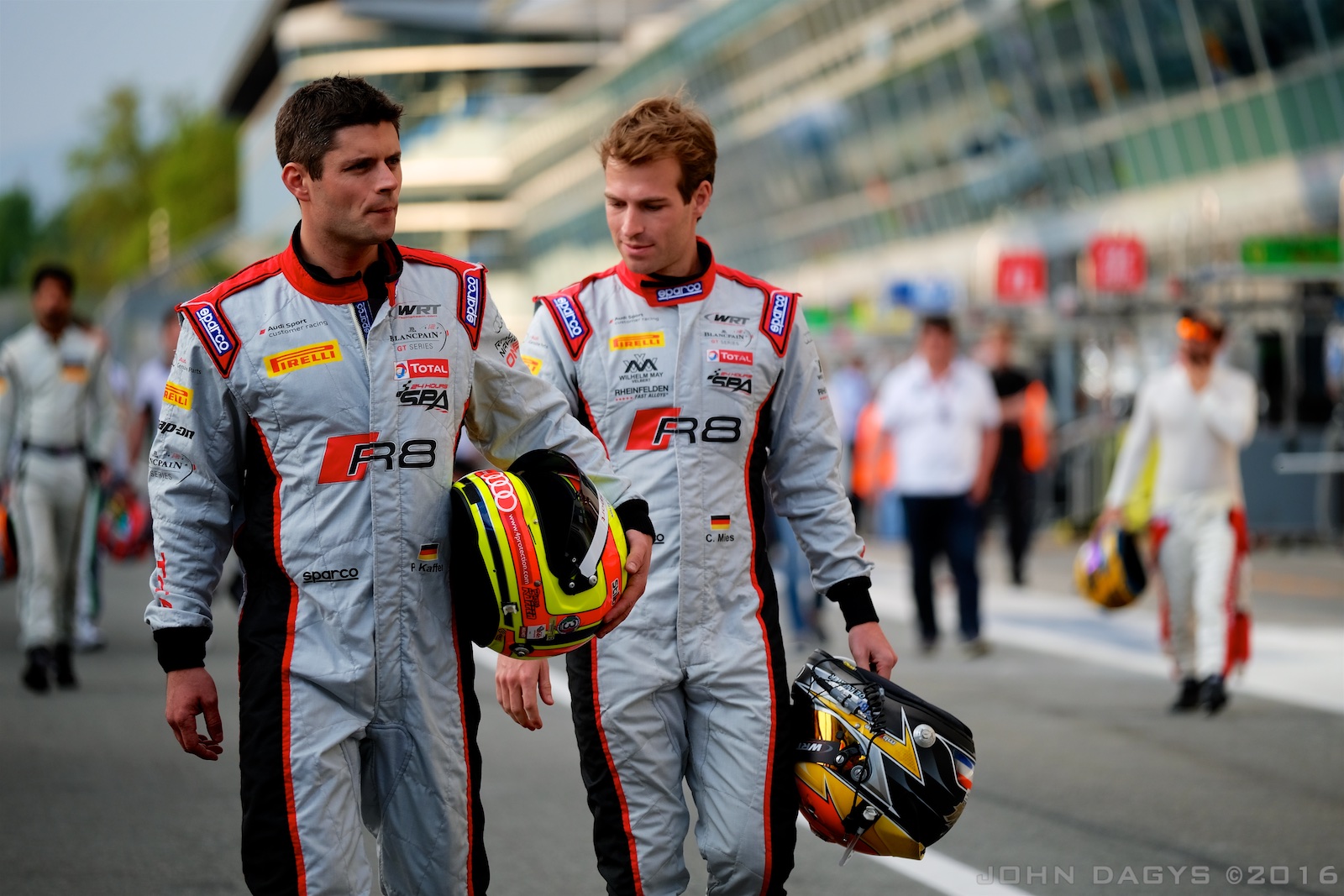
X-Pro2 with XF 50-140
While I’ve been most impressed with the camera’s capabilities in static situations, that’s not to say that it hasn’t performed to my expectations trackside, either.
Having used the cameras at some iconic motorsports circuits around the world, such as Silverstone, Monza, Spa-Francorchamps, Laguna Seca and most recently Watkins Glen, what I’ve learned is that there’s still a ton of potential still waiting to be unleashed.
I’ve so far had the best results in pan shots. But recent advancements, particularly with the new X-T2 (more to come in a future post) has seen a significant jump forward with AF speed and burst rates that is quickly putting it on the level of a full pro-grade DSLR.
Make no mistake. Mirrorless cameras, from any manufacturer, may not yet consistently match the ultimate quality produced by some of the top-level DSLRs from Canon and Nikon, in every single situation or environment. But I have a feeling that’s about to change.
Given the advancements I’ve witnessed in less than 16 months using Fujifilm gear, I’m certain this is the wave of the future. And I’m glad to be among the early adopters.
Stay tuned for future posts relating to my transition to the mirrorless world.

